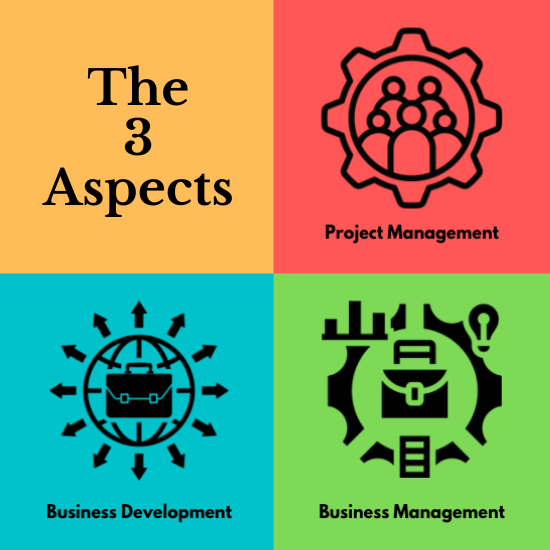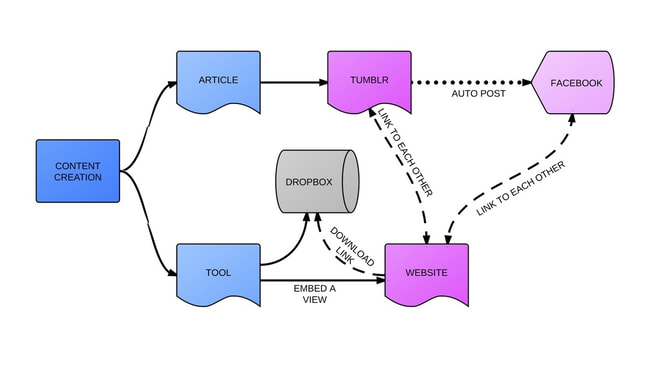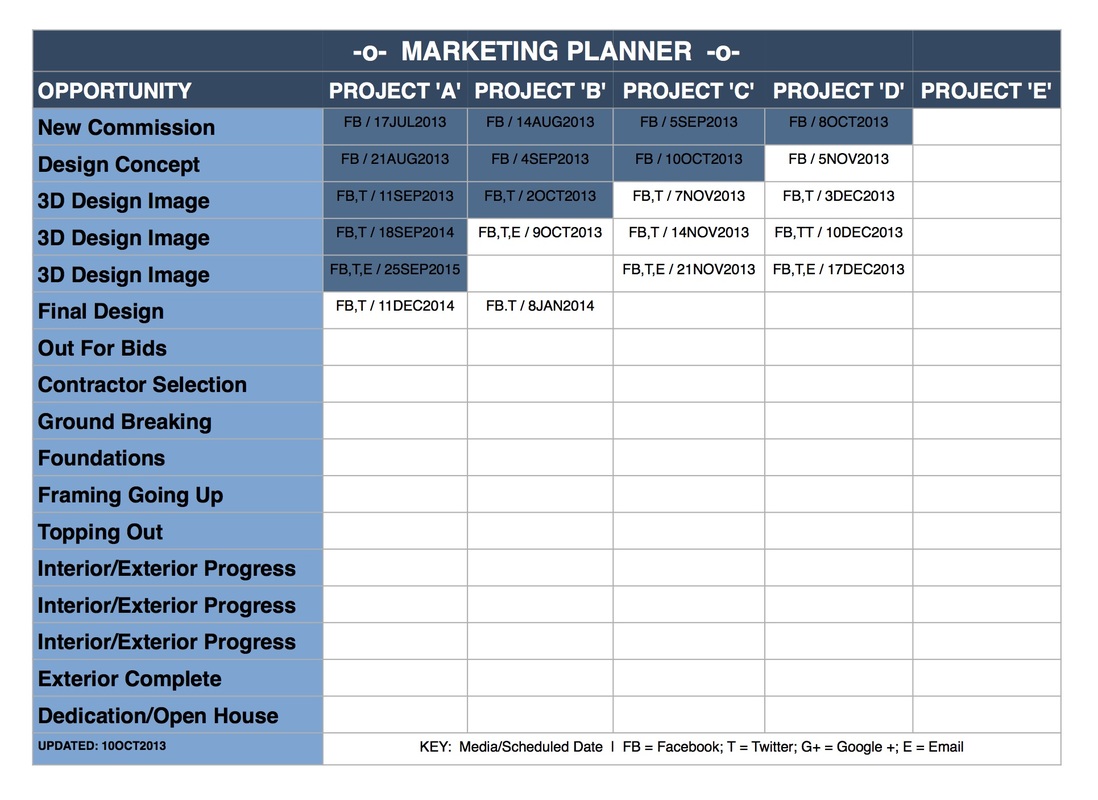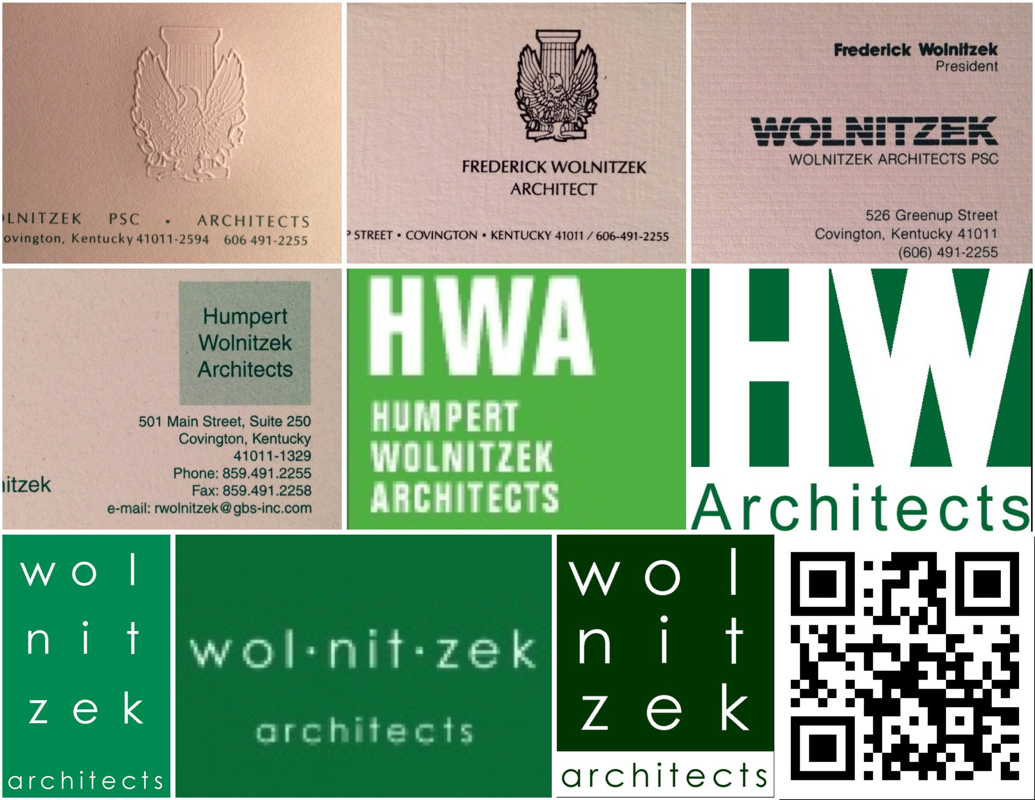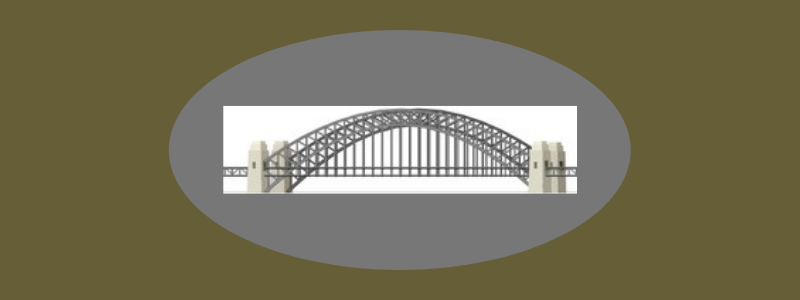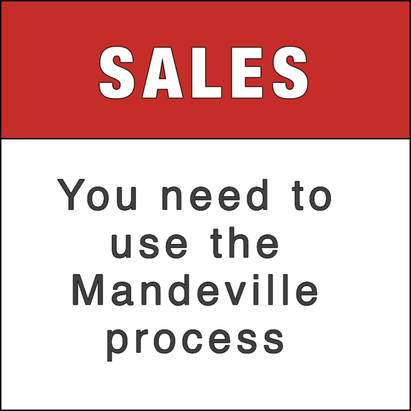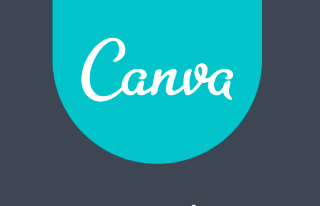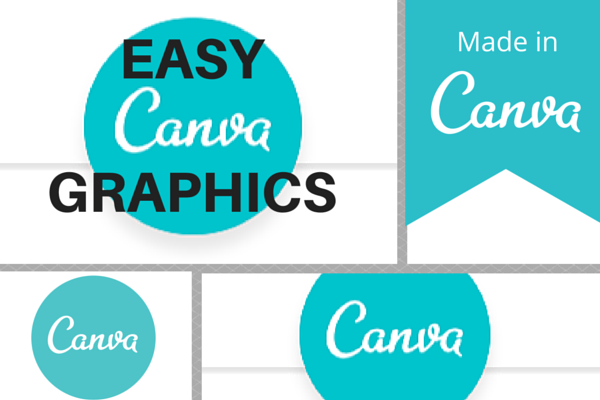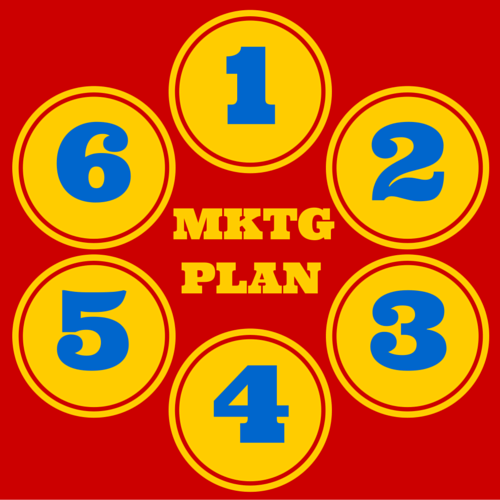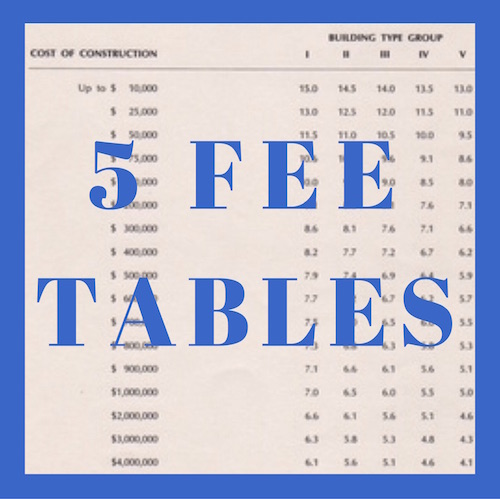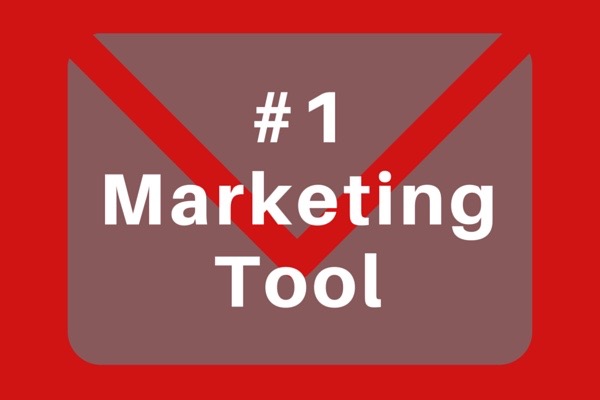|
I have Kraig Kramers to thank for describing how this tool works.
The tool is called a ’Trailing 12 Month’ chart. Sometimes it seems like you have very little say in who your clients are.
I think you have a lot of say in who your clients are, but it isn't easy to connect the dots. An architect's education is woefully lacking in the knowledge that would be helpful. I stumbled upon a comprehensive list of marketing tactics - 75 of them to be exact. About 20% of them don’t apply to architects at all. I am going to briefly comment on the other 80%.
I found THE 75 MARKETING TACTICS on the Mindwhirl Marketing website. It wouldn’t hurt to read through their list for a rudimentary understanding of this marketing stuff. These 75 tactics are either intended to help you find ‘leads’ or to convert a lead into a customer. Sounds simple. I don't remember how I heard about Stu Rose, but everything I know about sales is due to his coaching and the technique he calls the Mandeville process. Stu has a consulting firm called Professional Development Resources, Inc. Its website is www.pdrinfo.com. I attended a couple of workshops and brought him to the firm for a day of training. It was worth every penny.
I have been using this free graphics tool for three years. Canva is a graphic design program that anyone can use. It is drop-dead easy. Check it out here.
Canva has proven itself to be so helpful that I recently started using the Canva For Work version that has a few bells and whistles I like. $12.95 a month saves me at least an hour a month, but you won't need that. Canva is free and really powerful.
The perennial marketing problem is twofold: getting noticed and being considered as a solution when a need arises.
I have been going on about how to do marketing as though I know how to do it.
Does anyone? What ‘makes’ someone choose you to help them spend a boatload of money? How do you even know who is going to be spending the kind of money that it takes to build a building? My experience is that you can’t control the process. There are too many variables. The truth is my firm didn't do a great job of marketing. Luckily we had repeat clients. Maybe because of the repeat clients we found it easy to not value marketing.
If I were starting all over, knowing what I know now, here's what I would do. During my career we saw a wide range of projects. They ranged from really small and simple to really big (for us) and complicated. On the small end of the spectrum was a two-car garage addition to the side of a house. On the opposite end of the spectrum was a new high school. I will show you how the five fee tables of a fee schedule can span that kind of range. Let's take a closer look at the five tables that make up the fee schedule.
I use POCKET to save articles that I stumble upon while surfing the net. My methodology is to browse through several sources and save the articles that seem like good references on a variety of topics. Marketing for instance. I am sharing the cream of the marketing articles that I have saved this year. I think you will find a thing or two to save in your own digital library. How I Found The Secret Sauce For The No 1 Marketing ToolI started publishing a newsletter using Constant Contact about 10 years ago. In hindsight there was a lot we did wrong. Besides focusing on what WE thought clients SHOULD BE interested in, it was a newsletter. We had three articles and several tidbits in each issue. It probably took three days of effort once a month and cost $25/mo. When the economy tanked, neither the time or cost was sustainable.
When I started writing Architekwiki I learned from the blogging gurus that you want subscribers because you will eventually want to know who likes your stuff. I implemented that idea using Google’s Feedburner. Feedburner takes your blog posts and turns them into email and sends them to your subscribers for you automatically. Google doesn’t really support Feedburner anymore. A better solution is FeedBlitz, although it has a modest monthly cost. There are a lot of cool things you can do with FeedBlitz. It is a valuable tool. There is just one problem. Before I retired we had a prospects list of over 400 names, most with email, and we never used it. Since I have been retired, I have learned how we should have used it. Using your email list is the number one marketing tool because it is the only tool that gives you measurable results as an architect. We DID use marketing in my firm. We used lots of methods and they all gave us zero results. Maybe we were doing it wrong. But the time and expense was significant. The best tool we used, based on positive feedback (but not new work), was project signs. We asked the contractor to put up our 2' x 8' sign with our firm name on it. People said they noticed it. Usually the people were friends or relatives. Why do I think email is different? In mid 2014 I got involved in a project to build a bookkeeping system for architects. To find out if there was a need, I emailed thousands of architects. I asked them to take a short survey. 1,300+ took the survey. This was almost a 4% response rate. A 2% response is good. So I am convinced that email done right, gets noticed. Your job is much easier. Your clients and prospective clients already know you. All you have to do is make it worthwhile to open your email and spend a minute looking at your message. Easy! I think using email is key, but it has to be sustainable. It has to be easy for you and worthwhile for your audience. You need to do just three things.  When you are looking for work, this may seem counter-productive; but it is a good practice to evaluate every job beforehand. Your insurance agent, your attorney, and your marketing advisor will all agree that making sure this project is worth pursuing is a good thing. The insurance agent and the attorney are looking at the potential for trouble that working with this type of client, this particular client or this project type can lead to. Your marketing advisor is looking at the big picture of where you want to go and whether this opportunity is a step forward, sideways or backwards. The type of work you do and the people you work for speaks volumes to all your clients and potential clients. Choosing the right projects and the right clients is a key element in developing your niche and reaping the rewards that come from not being a commodity. From a purely business perspective, a project is like a new product line. You should evaluate both before jumping on board. For a project a detailed evaluation doesn't need to take much time, especially if you have an established method for doing the evaluation. The attached form came from combining several processes that were recommended to us over the years. The thrust of the evaluation is to uncover any concerns you have about the project or client beforehand, and then to develop a plan for addressing those concerns or "passing" on the project. We found it works best with just two or three people involved: the person who found the opportunity and who knows the most about it, a principal of the firm, and perhaps one other senior person. Once you go through the process a few times you will find that you want to keep the form handy as a kind of questionnaire to use with potential clients. |
x
Archives
February 2024
Categories
All
|
Architekwiki | Architect's Resource | Greater Cincinnati
© 2012-2022 Architekwiki
© 2012-2022 Architekwiki


